|
Finding monarch eggs and caterpillars is an exciting experience, especially if it's your first time! It can be a bit more difficult to find immature life stages of monarchs compared to the showy adult monarch. However, when you know what signs to look for, it can be much easier! If you are wondering when to look for monarch eggs, check the Journey North Monarch Egg Map to find out when they will be in your area! On the Trail of Monarch EggsThe best place to look for monarch eggs is on milkweed because it is the only plant that adult monarchs lay their eggs on. The trick is to look on the underside of the leaf but you may sometimes find eggs on the stems or flower buds as well. **It is important to be very careful when handling milkweed leaves so you don't accidentally crush or disturb monarch eggs. Caterpillars can drop off of plants if disturbed. Pinch the very tip of a leaf and carefully turn it over without shaking the plant.** Identifying Monarch EggsMonarch eggs could almost pass through the eye of a needle. In other words, very tiny! You may want to use a visual aid such as a jeweler's loupe or camera lens in order to identify the monarch egg. The egg is unique looking in that it is ovular, ribbed and somewhat transparent. A monarch is in the egg stage for 3-8 days. In order to hatch, it has to eat the eggshell and then begins feeding on the leaf. A single caterpillar can defoliate an entire milkweed plant and sometimes more depending on the plant's size. Signs of Monarch Caterpillars on Your MilkweedThere are several tell-tale signs that a monarch caterpillar has been on your milkweed. One thing to look for is milkweed leaves that have been chewed on, also known as signs of herbivory. Another sign is small dark bits of frass, another word for insect droppings. Monarch caterpillars go through five instars, or stages between molts. First instar caterpillars are very small and can appear almost translucent or pale green. Subsequent instars are distinctly striped in yellow, white, and black, with a pair of black tentacles on both ends of their bodies. The photo below shows a caterpillar that is next to a molted skin. Monarch caterpillars will grow to about 2,000 times their original size! If you have followed all the signs, then you will find monarchs! Good luck!
85 Comments
Stephanie Aaron
8/5/2020 05:41:48 pm
Can you tell me - is it possible that Monarch butterfly's may lay unfertilized eggs - and is an egg that turns black a dead egg?
Reply
Sean
8/20/2020 02:14:09 pm
I had wondered this too. I was watching a monarch and it appeared it lay an egg on a bit of holly near the milkweed. Checking it over some days later there were 3 black dots that seemed to resemble a monarch egg, but totally round, firm and slightly smaller. I’ve found these on several underside milkweed leaves too. I couldn’t determine if they were eggs of another insect, odd frass, unfertilized eggs? But they were firm. Google hasn’t been a help.
Reply
Luke
6/14/2021 06:11:48 pm
Monarch eggs turn blackish hours before they hatch, this is normal
Steph
6/17/2021 11:37:10 am
Are you sure it was a Monarch as Monarch's only lay eggs on milkweed. there are about 3 other butterfly's with similar color and a couple with similar markings.
Sylvia
7/29/2021 04:52:43 pm
I have a monarch laying eggs on my passionflower
Rosita
8/26/2021 10:38:11 am
hello 👋 i was wondering if you know if its to late to plant milkweed? i havent been able to find any caterpillars yet
Reply
jesse Atwell
8/24/2023 02:12:40 pm
I randomly scattered in the air about 50 swamp milkweed seeds on the side of a half mile long drainage ditch about three years ago. The ditch has developed now into an entire field of Milkweed plants. Nearly a thousand plants this year. This year I saw up to 25 Monarch's per day swirling around each other. I've just researched where they lay their eggs and how long it takes the larvae to emerge. and am now looking for evidence the larvae are eating. I also scattered thistle weed seeds and from which there are several areas that the Monarach's are visiting. All in all, things seem to be improving.
Rosita
8/26/2021 11:02:44 am
nope its completely normal. they are about to hatch congratulations!
Reply
John D.
8/23/2020 03:34:01 am
We have been looking for eggs over the past few weeks. While we had much success in finding eggs and caterpillars we have yet to find a chrysalis. How far away from the milkweed have they been known to travel in order to make a chrysalis? I also wonder, is there a specific plant they look for to pupate? So far we have counted thousands of eggs and hundreds of caterpillars but no pupas.
Reply
Arlene Cole
9/24/2020 01:51:52 pm
Last year a caterpillar crawled through the garden, up the porch steps, half-way across the porch, and chose an old chandelier that was on the floor, to hang from. I was able to check the progress every day of the chrysalis, which was a breath-taking green and gold jewel like I have never seen. This was the first time I have ever experienced Monarchs up close, and I will spend the rest of my life providing for them. I wish I was able to submit a photo so you can see what I just tried my best to describe.
Reply
8/11/2021 03:09:23 pm
I planted some milkweed this year and I got my first monarch not long after. I have pics of the chrysalis, which was hanging from the siding right at the milkweed garden. It was a beautiful sight. When the butterfly emerged it was awesome. We have decided to do our part to save the monarchs with our milkweed garden. 5/29/2023 01:48:20 pm
I would like to help save monarchs. I'm researching them but know so little about them.
Kathy SteevesMine
10/3/2020 08:14:42 am
Mine have attached to the underside of my hydrangea beside my milkweed, and to the house siding mostly but they have travelled over to my neighbors house as well.
Reply
Rosita
8/26/2021 11:04:07 am
thats so cool!
Reply
Sunita
8/30/2021 03:16:25 pm
They could crawl upto 5 feet away to form a crysalis
Reply
Joshua
7/15/2023 06:45:34 pm
We found one 30’ from the closest milkweed before. We have tripled our milkweed and added several butterfly bushes and hydrangeas. Hoping to keep them from having to travel so far.
Michael
8/26/2020 03:21:19 pm
We have an orange flowering plant that comes back each year and we have monarch caterpillars every year. This year we had 12 on the plants at one time. Today we have 2 chrysalis on our porch, about 10-15 ft from the plants. Not sure where the others went.
Reply
Kat
8/29/2020 12:52:19 am
The orange-flowering plant is probably butterfly weed, as monarchs only host on milkweed plants.
Reply
Mary
9/1/2020 07:42:44 pm
I have lots and lots of milkweed but have never seen a caterpillar or chrysalis. I do see butterflies in the garden. What's going on?
Reply
Evie
8/17/2021 07:31:42 pm
Aw. That must make you sad. I dk why, but don’t give up! There are Monarchs where you live?
Reply
Jan
9/6/2021 07:33:33 am
My milkweed plants are 3years old and get huge - I have seen many monarchs on them but never eggs - any ideas?
Alice
5/29/2024 06:41:40 am
I have nine healthy plants but i'm not seeing any caterpillars why
Reply
richard harrington
9/2/2020 02:58:44 pm
will small caterpillars survive if I put them in a large jar with fresh milkweed daily ????????????
Reply
Jennifer
9/2/2020 09:18:59 pm
Yes! I wrap the tiny stem of the milkweed leaves in a piece of slightly moist (not dripping) paper towel and keep the cats in lidded containers. Clean the poop out twice a day and replace the leaves when needed.
Reply
Don
9/6/2020 12:28:32 pm
I've had some some Monarch's laying eggs this week and I noticed that my milkweed plant has a large amount of aphids on it. Will they harm the eggs or larvae?
Reply
Dave
8/1/2021 12:54:23 pm
The aphids happen every year on all my plants. I Still have eggs and caterpillars on them. Last year I collected 125 eggs and released 121 butterflies. 4 caterpillars died young. As far as the aphids harming the eggs or young, I don't know. I do NOT see evidence of much chewing on many of my plants from caterpillars, but I have found several chrysalis hanging around my yard, so some have made it on their own. I do know that ants on the plants will take eggs and small caterpillars. I've seen it happen.
Reply
Evie
8/17/2021 07:34:48 pm
Wow! Good job, Dave! That’s impressive.
Lisa
8/18/2022 03:05:03 pm
Them no good pests!!
Teresa
8/23/2023 06:04:02 pm
I have a pesky little lizard hanging around my milkweed garden.
Jody
6/3/2024 02:45:41 pm
I have found milkweed but
Reggie
9/27/2020 11:24:50 am
I have milkweed with some penta plants nearby. The Monarch laid a lot of eggs. When the caterpillars hatched from their eggs, they devoured all the leaves on the Milkweed. I counted six chrysalis so far. Many of them have traveled to different areas. I found on on my wife’s car tire.
Reply
10/12/2020 01:26:54 pm
This is my first time raising Monarch butterflies I am having an amazing experience, I found the caterpillars in my milk weed plants. In a week I have released 18 butterflies and I have 2 to go. I live in Mechanicsville VA, I would like to know when I can plant the seeds that I am ordering to have mature plants in Springtime.
Reply
Demi
11/9/2020 12:47:55 pm
I have just started to raise Monarchs and have quite a few caterpillars on my milkweed. I am raising them in a mesh cage but I seem to be having a problem. One caterpillar grew to a mature size and then hung at the top of the cage. However, the caterpillar only made half of the chrysalis and then appears to have died. Another grew to a great size then died before making the chrysalis. I now have another that has reached the stage where it has found it's way to the top of the mesh cage and I'm not sure if it will survive. Is it possible there is some type of virus in the cage that is killing them?
Reply
Michelle Taylor
6/16/2021 06:49:28 pm
I had this and then the fly larvae came out of it
Reply
Shelley L Barber
11/30/2020 03:12:31 pm
I have released about only five or six monarch that appeared very healthy and beautiful. I recently bought some new milkweed and monarchs laid eggs, I'm so upset my cats are turning black, I had one form chrysalis and he's black and he's not emerging I fear I have the dreaded black death and I'm devastated. Should I throw my milkweed away after this is all done? I'm considering treating it these were tall milkweeds and they had the buds on them and I think I bought them from home Depot with the OE bacteria I'm very upset!
Reply
Demi Bellantese
11/30/2020 04:19:22 pm
I am having the same issue. All of my beautiful caterpillars made their Chrysalis and I can see the formed butterfly inside but they will not hatch. My heart is breaking as I took such care of them. Is there really such a thing as "black death". I've not heard of that. Is it the same as OS?
Reply
Margie Howard
6/11/2021 10:26:34 pm
There sure is. Had it happen to one of my chrysalis. I'd have to search for the reason it happens again because it's been a few years and only happened once do I can't recall off the top of my head.
Gretchen North
6/7/2021 07:50:30 pm
The milkweed sold at Home Depot is almost certainly tropical or Mexican milkweed, which tends to carry lots of spores of the OE parasite. The parasite usually often makes the monarch unable to hatch out of the chrysalis. You should look for milkweed that is native to your area, and you should not plant the tropical milkweed anywhere in the U.S.
Reply
polly Glentz
6/13/2021 05:51:35 pm
I have numerous cats eating native milkweed this week in Wisconsin.
Reply
Dave
8/1/2021 01:01:12 pm
I'm in East Central Wisconsin, and currently have over 50 cats in various stages from eggs to chrysalis, and have released many butterflies already. It does seem as if they were late getting to Wisconsin this year, as I didn't find any eggs until June. Usually I find them in May. The weather here was weird this spring, and we had quite a few cold nights late.
Reply
Rosita
8/26/2021 10:48:48 am
thats so cool i wish i had alot of butterflies like you :]
Kurt Heling
10/16/2021 12:39:29 pm
I live in WI as well. I just cut down 3 milkweed on accident. I live on a horse farm so I have lots in the paddock. I also live by the woods so I have more there as well.
Erin
6/26/2021 09:04:25 am
We have our milkweed plant in a pot on our patio table and just noticed our first caterpillars yesterday. Will the caterpillars be ok getting off the table to find somewhere to pupate or should we move the plant closer to the ground to make it easier for them?
Reply
6/28/2021 12:59:55 am
Thank you all for great comments and replies.
Reply
Rosita
8/26/2021 10:46:22 am
thank you for all this information do you know about where to find painted lady caterpillars?
Reply
Heidi Stevens
7/18/2021 11:28:04 am
I have ordered an outdoor mesh cage to rear monarchs in. We planted native red milkweed that we bought at a nursery that specializes in native plants. I am planning on getting an additional milkweed to keep in a pot in the cage. I am finding plenty of eggs on our native milkweed, but only 1 good cat so far.
Reply
Evie
8/17/2021 07:44:44 pm
Take the whole piece of the branch, not just the leaf.
Reply
Rosita
8/26/2021 10:44:34 am
that sounds like a good idea
Reply
Thatch
7/28/2021 06:39:36 am
Knowing that Monarchs in the wild are “challenged” these days, is the whole idea of this page to encourage finding the eggs and caterpillars, and then moving them to a protected environment to mature? We have significant amounts of volunteer milkweed on or property (first appearing about five years ago) here in Colorado. I saw my first M caterpillar on one of the plants a couple of days ago. I went to find it to show my girls yesterday but could not find it again. Should I have moved it to a safe enclosure for awhile?
Reply
Ileen
7/28/2021 10:06:50 am
Every morning I see more new holes in my milkweed and can find a few small (1st - 3rd instar) caterpillars but then the cats seem to disappear. I have taken 4 eggs inside that were oviposited around the same time and 3 are at 5th instar. The fourth one made a chrysalis this morning. Is it possible that all my outdoor cats are being eaten by predators? I thought once they reached 3rd instar they should be pretty safe?
Reply
8/6/2021 03:57:47 am
Great share! it's very informative blog. I really appreciate your work. best self-publishing company in India
Reply
Jim Simpson
8/11/2021 05:56:08 am
I have about 5 acres of milkweed. As hard as I look I find only a couple small caterpillars. All the plants seem to be covered with ants. I'm sure they are the problem. What can I do about this?
Reply
Teresa
8/23/2021 10:13:38 am
I read that ants do not like coffee grounds or vinegar. I sprinkled coffee grounds around the plants and that seemed to help. I spritzed some diluted vinegar in the soil in another area. My soil is rather alkaline, so I did not worry about acidifying my soil too much.
Reply
Irene
8/13/2021 07:23:52 am
Thank you for this blog. Very informative ! I am new about raisin monarch butterflies. I havex2 chrysalyns. I am very excited. I found 5 eggs on my milkweed plant this morning.
Reply
Phyllis
8/19/2021 05:31:52 pm
2 years ago, I had numerous caterpillars that I kept on inside porch in a number on habitats and provided them with fresh milkweed on a daily basis. I was able to release over 100 butterflies. Last year I only released 15. This year, I have numerous butterflies. Although I check several times a day, I have not found any cats. I was lucky in finding one large black swallow tail cat on a queen Ann’s lace, that I took inside and released about a week ago.
Reply
Randy Boyer
8/20/2021 04:54:03 pm
Hi, very good blog; thanks to all who are participating and informing us newbies. I live in suburban Baltimore and have 5 volunteer milkweed. that come back each year. They sprouted in late May, then grew to about 7 feet tall.by end of July. They have a lot of pods. We had a bad wind storm yesterday and they were too top-heavy and fell down. Question is, when do the adult monarchs lay their eggs, and when is the plant done being useful to then (i.e. when can I safely cut the plants down? Thanks to anyone who answers.
Reply
Debbie Murphy
8/26/2021 02:28:34 pm
I cut off 3 stalks of milkweed with caterpillars and eggs Unfortunately, there is also aphids and ladybugs. Is it okay to put them in a butterfly container with the aphids?
Reply
Marilyn Schlitz
9/2/2021 11:35:41 am
I raised monarchs for past five years. Last year I tried in my new home in Tehachapi mountains. They all turned black and piled on each other and died. Soooo sad. This year, I planted a robust butterfly garden. Today I am watching as a mature monarchist cruising around the flowering milkweed. Should Ibring them inside if I find any eggs, or just let nature take its course. I’m in Southern California. Tx, ya’ll.
Reply
Valary
9/20/2021 03:47:22 am
Pretty sure I've discovered Monarch eggs, but not sure, as they're on my tomato plant, not milkweed. I was trying to find out what these tiny singular eggs were on my leaves; I shared a photo through Google Image Search, and they looked like and were identified as Monarch eggs. I can share my pic if necessary...
Reply
9/28/2021 02:17:28 pm
I agree, for 3-8 days, a monarch butterfly is an egg. It must first consume the eggshell before it can begin feeding on the leaf, which is how it will hatch. Depending on the size of the plant, one caterpillar may completely defoliate an entire milkweed.
Reply
Justyn
3/19/2022 08:19:19 pm
I have a few Monarch caterpillars on my milkweed plant but they have gone through it quite quickly, do they eat anything else or can I feed them something to keep them well nourished?
Reply
Tom
6/9/2022 12:39:57 pm
Live in Hawaii- no milkweed. So I purchased a “Crown Plant”
Reply
Teresa
8/23/2023 06:30:22 pm
There is local nursery on the Hilo side of the Big Island supplying butterfly bushes (milkweed) to Home Depot. I now have 20 plants in my garden and lots of caterpillars in various sizes. I also have Lantana flowers along side of the milkweed. Monarchs are dancing around all day.
Reply
Jessy
7/12/2022 11:54:16 am
Minnesota - Its the start of July here, usually I've had luck finding their caterpillars around this time of year, however I'm not finding *ANY*, I have seen signs they are about (fed on milkweed) but honestly, any of the surrounding insects could have also fed on it (ants seem to be the biggest issue on milkweed here). I've seen only 2 butterflies so far this year.
Reply
Jim Robertson
9/9/2022 11:10:06 pm
Found my first two caterpillars two days ago. Got a plastic container with water in it and milkweed leaf stems stuck through a hole in the lid. Have it in a small metal waste can with a piece of woman’s hosiery stretched over the top and a rubber band stretched around it. Got a Restcloud Butterfly Habitat Ordered that’s supposed to be here Sunday.
Reply
4/6/2023 11:34:35 pm
Are they monarch eggs? I've seen them but I don't have any idea what it is called.
Reply
CindyB
5/25/2023 07:07:57 am
Just wanted to note that the egg pictured in the third photo and captioned as being close to hatching actually appears to be parasitized by tiny wasps. When a viable egg is close to hatching, only the tip darkens (which is the head of the caterpillar). All the little dark spots in the pictured egg are developing wasps…..
Reply
Liberty
5/31/2023 06:57:35 am
I'm surprised by all of the comments about monarch chrysalises found away from the milkweed plant on which the caterpillars are found. I have a single milkweed plant in a pot. All of the chrysalises I've found were attached to the same plant, never anywhere else. Not on other plants or structures. 🤔
Reply
Bob waram
7/14/2023 09:42:38 pm
I live in south western Ontario. What time is best to look for Monach eggs.
Reply
Helena
7/16/2023 03:10:43 pm
i'm up in Sudbury Ontario and i found my first tiny little caterpillars on july 7th,they were about half an inch long..now a week later,they are huge! the biggest one,about 3 inches long decided to leave already.i have 3 left. l had 2 milkweed plants,which definitely wasnt enough,they eat alot! i bought 4 more plants today.i think 2 of cats will leave in the next couple of days and the smaller one by the end of the week.it happens fast!
Reply
Michael Fretueg
7/30/2023 08:48:34 am
I found 30 baby monarch caterpillars on my dill plant this morning 07/30/23. There is no milkweed nearby that I know of and have heard of similar marked caterpillars. If not monarchs what would they be?
Reply
Shannon
8/9/2023 04:43:16 am
Black Swallowtail butterflies host plant of choice is parsley. Their caterpillars also eat dill, fennel, and Queen Anne’s Lace.
Reply
Deb
8/18/2023 02:36:43 pm
I had about 20 of them just this week - did not even know they were there until they were pretty large. My milkweed has been completely stipped in some places - they feasted! But now they have almost all disappeared. I'm assuming they are crawling off somewhere to build a chrysalis? Really hoping to see one open...
Reply
Craig
8/23/2023 01:26:36 pm
In SWFL, a lot of Monarch "cats" on Milkweed. Found 11 today. I think ants grab eggs though will monitor.
Reply
12/10/2023 06:02:25 pm
Discovering monarch eggs and caterpillars can be a truly captivating adventure for nature enthusiasts. For those embarking on this journey for the first time, the initial search may seem challenging, as monarchs in their immature stages are less conspicuous compared to their striking adult counterparts.
Reply
1/24/2024 07:59:51 am
Reply
2/13/2024 05:27:20 am
Reply
Rebecca Mangrum
5/4/2024 09:52:05 am
I am a newbie here, I bought monarch larvae so I put them on my milkweed plants and put the whole plant in a large cage made for this. Is that ok to do?
Reply
Marcey
7/4/2024 05:07:12 am
I raised a monarch and LOVED watching it grow and change everyday. I named it Minnie Moe. Well soon time came to release and so went up a park with friend who videoed me saying goodbye and up she went highhhhh up in the sky and flew away was hard to see her anymore … i was happy for her, sad for me ….THEN she made a big U-turn and came back to me ! I was startled beyond as she landed on my shoulder for a moment then flew away ! Was easy to believe she came back to say goodbye one more time. True story and on video . Amazing.
Reply
Leave a Reply. |
AuthorRebecca Chandler Archives
March 2024
Categories |

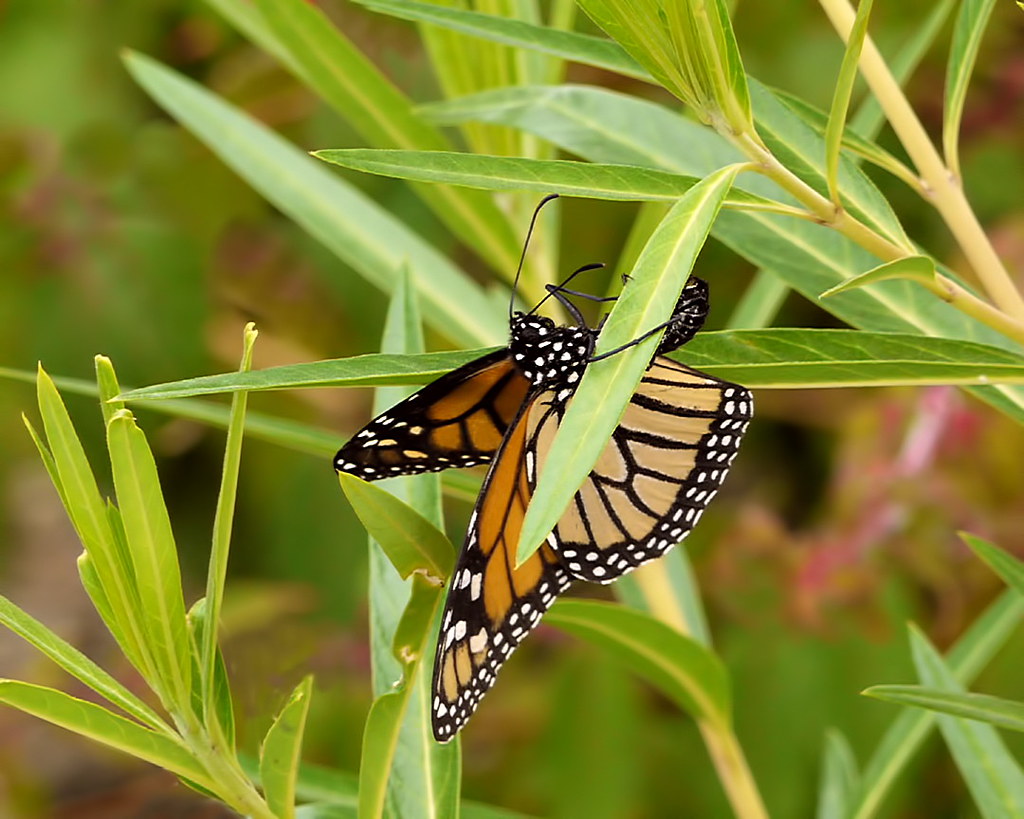
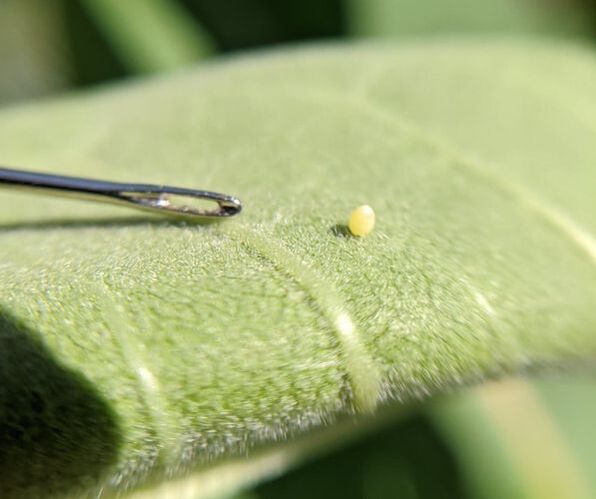
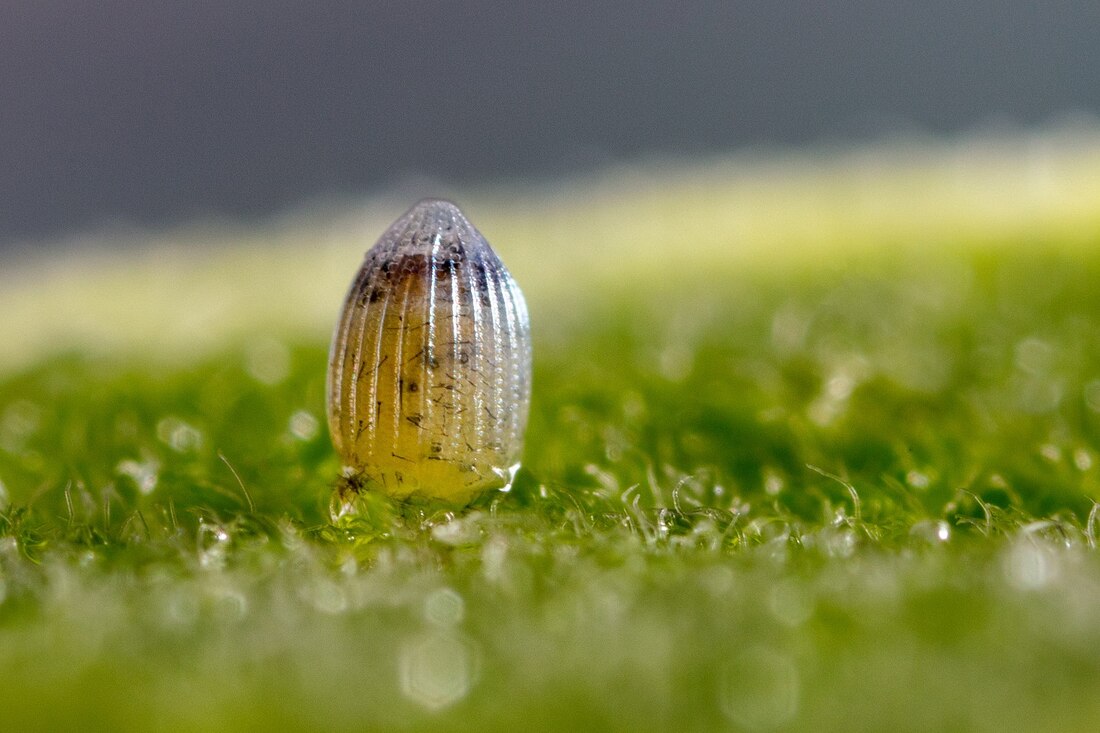
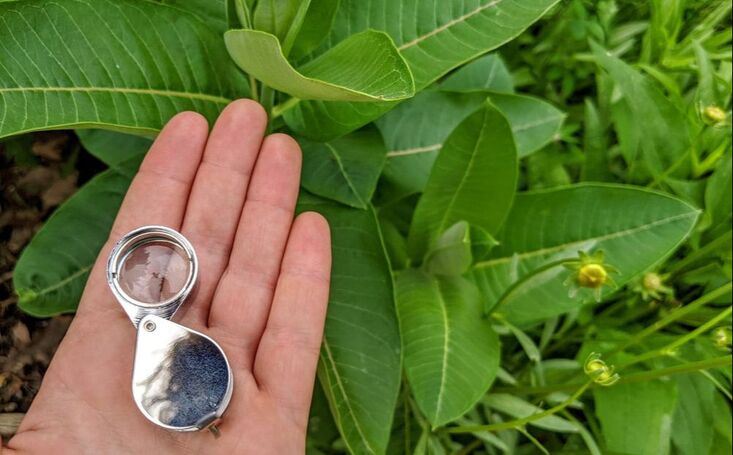
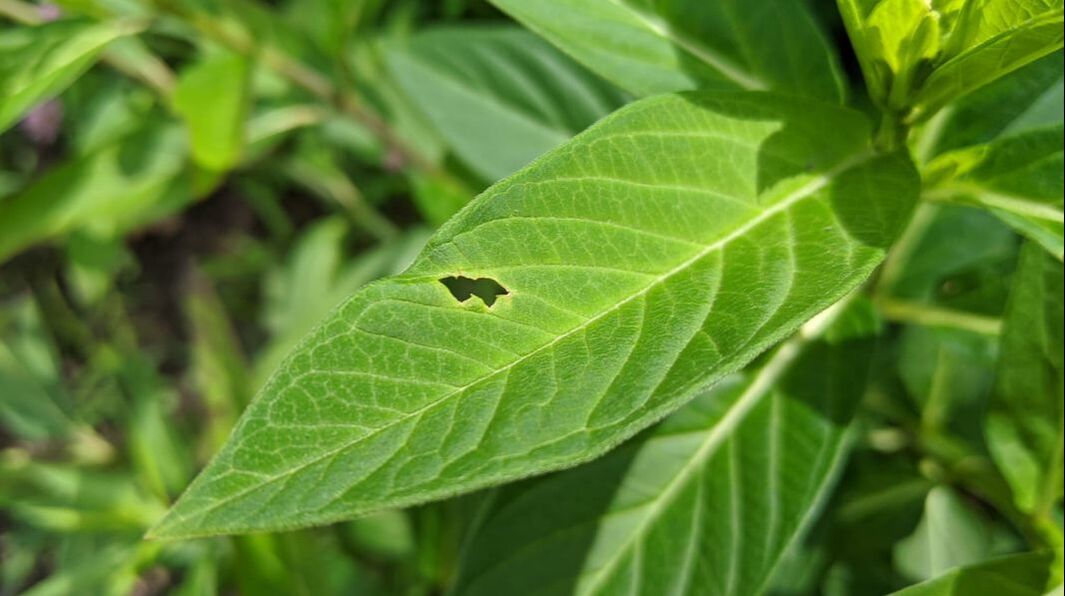
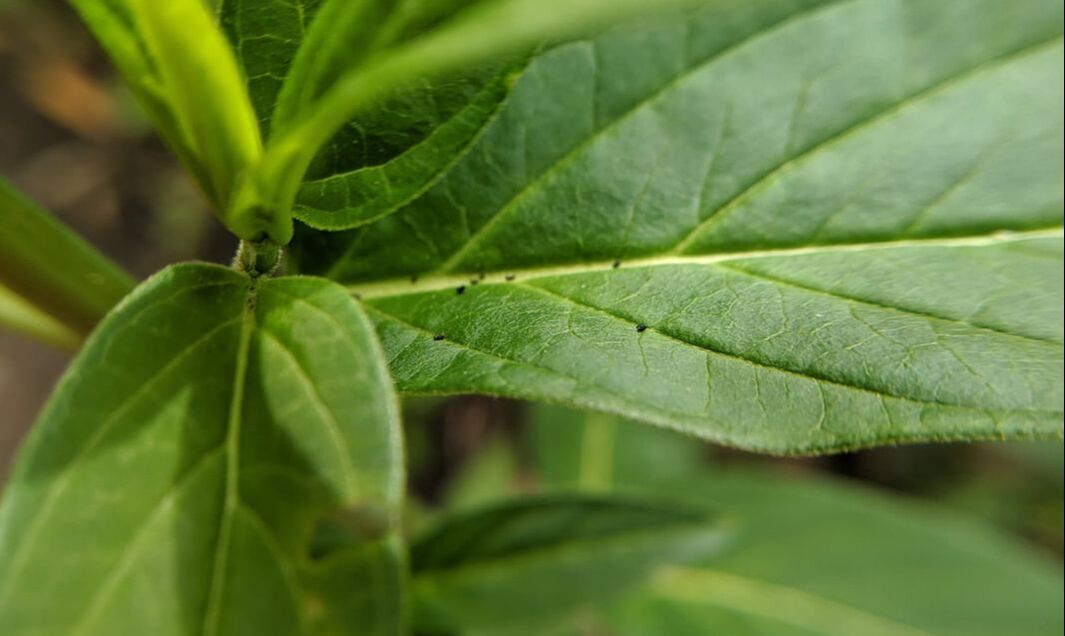
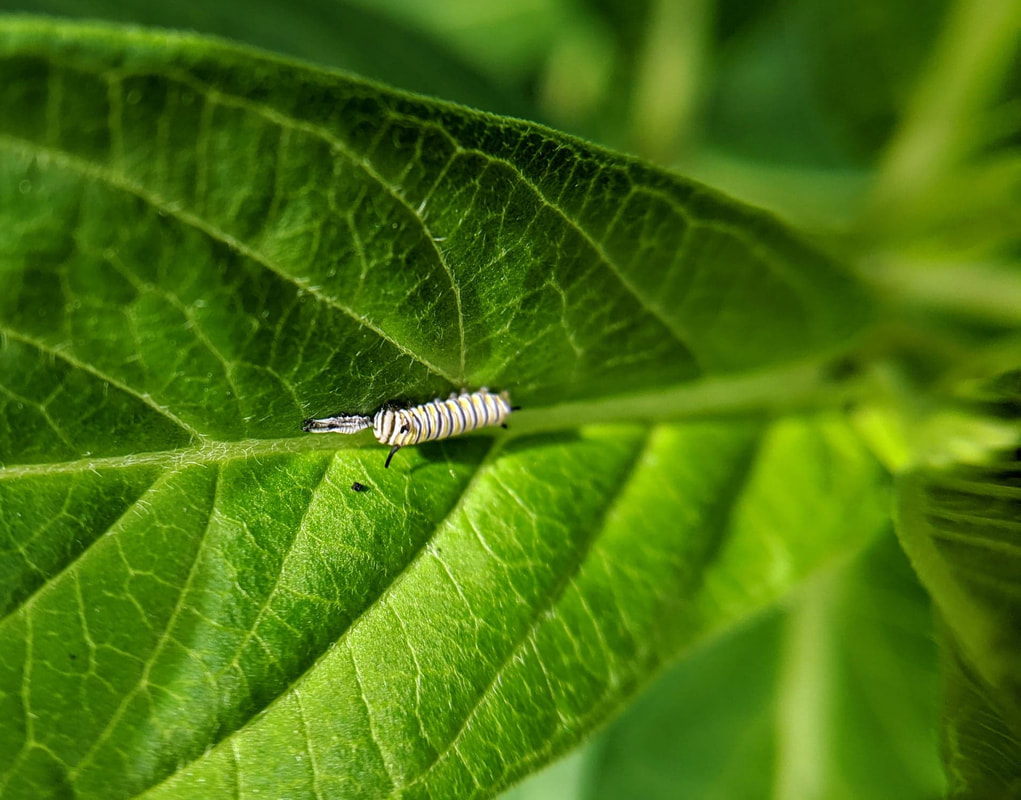

 RSS Feed
RSS Feed